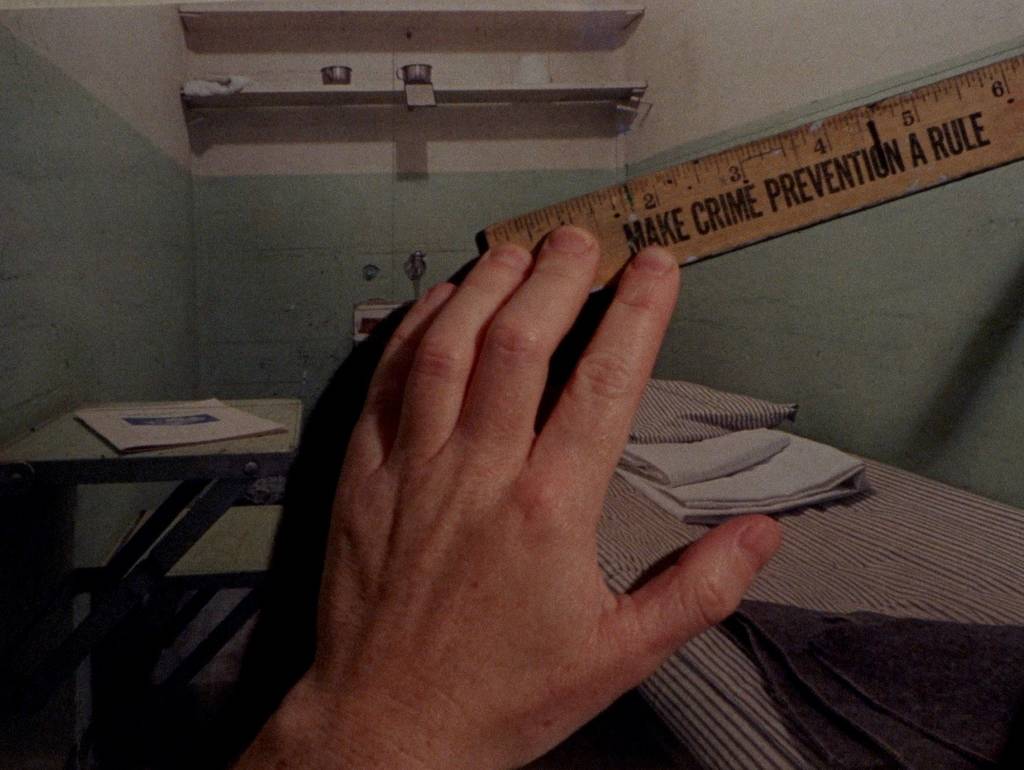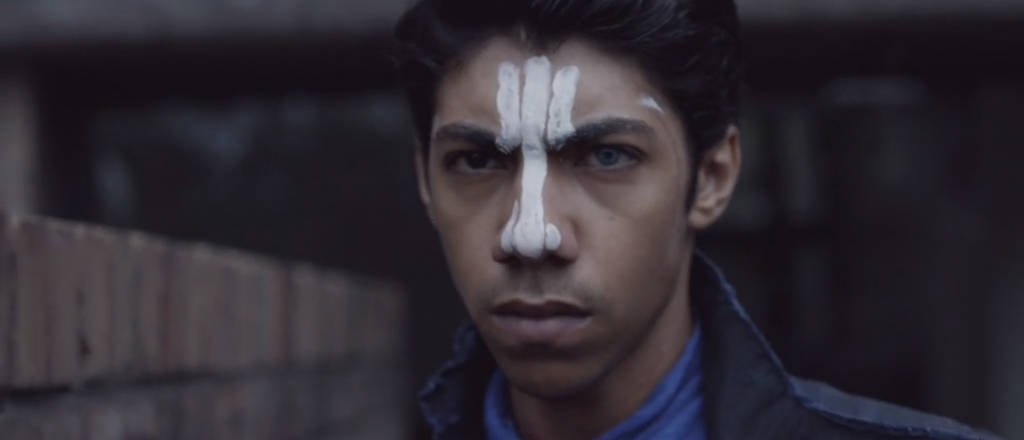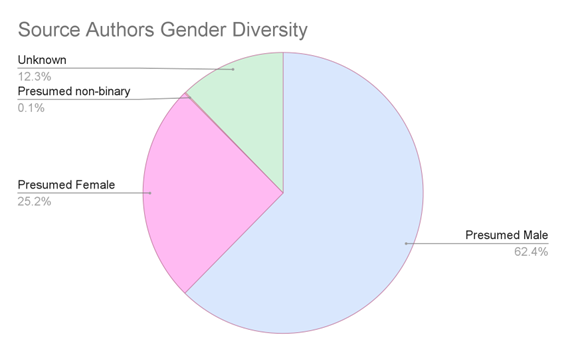Film Matters is pleased to announce our open call for papers from current undergraduates, authors who have been invited to revise and resubmit previous submissions (including authors who did not make it past our prescreening for a previous call), and recently graduated undergraduates for consideration in issue 16.1 (2025).
The deadline is March 1, 2024.
Please note, starting with this call, Film Matters is now requiring a contributor intake form with submissions. Please download the form (DOCX) here:
As a reminder, Film Matters is now using MLA 9th edition style, although we will still accept MLA 8th edition formatting — so please prepare your submissions accordingly. Purdue OWL’s MLA Formatting and Style Guide is an excellent resource to consult for help with this.
For more information about this call for papers, please see the official document (PDF):
Submissions should include the mandatory contributor intake form, which collects author and essay metadata, as well as your essay; all other identifying information should be removed from the body of the text and the headers/footers in order to aid the blind peer review process.
Submissions and questions should be directed to:
- futurefilmscholars AT gmail.com
Please note that Film Matters does not accept submissions that are currently under review by other journals or magazines.
Submit your film- and media-related research papers today! We look forward to receiving and reviewing your work!











































